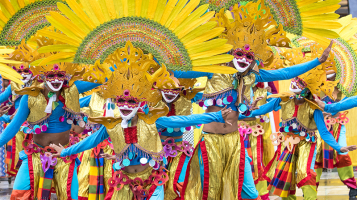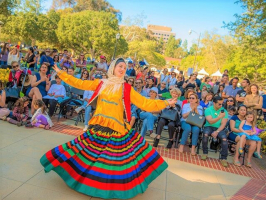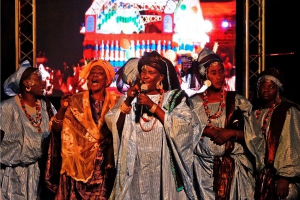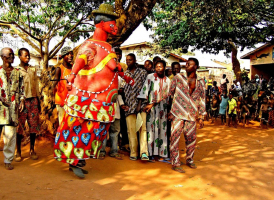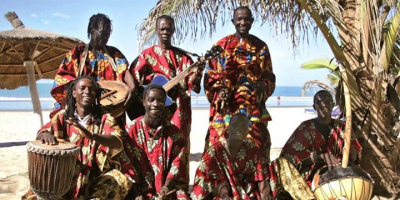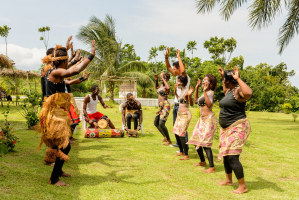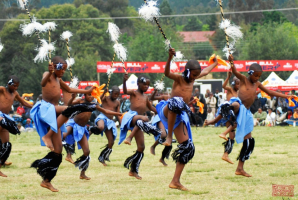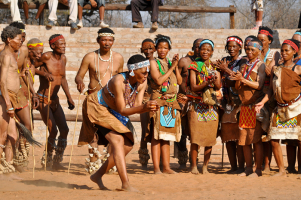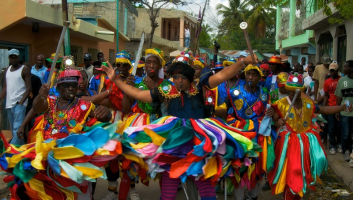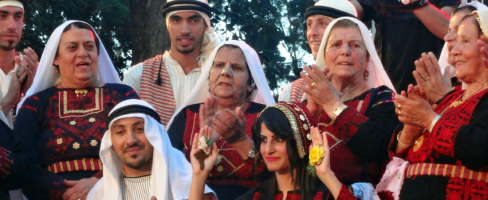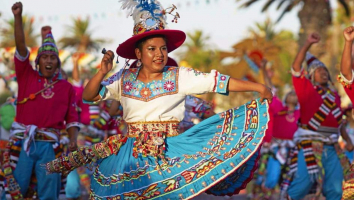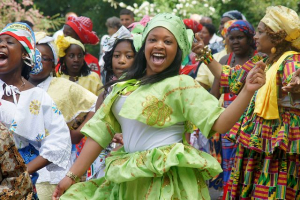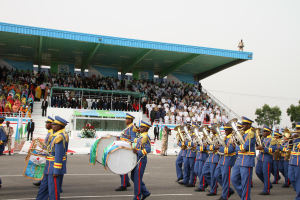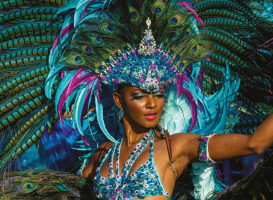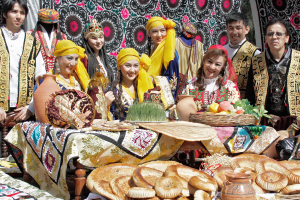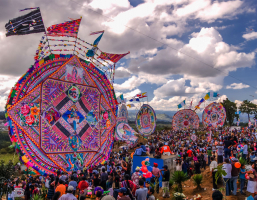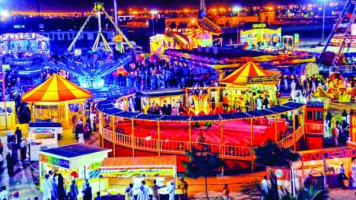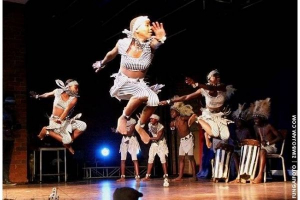Top 8 Most Famous Festivals in Mali
Mali is famous for its many most famous festivals and Djembé classes. The most famous festivals in Mali almost all give you a unique spectacle, with music, ... read more...dance, masks, puppets, arts and crafts from the region, as well as very Malian artists. famous. There are also lectures, performances, storytellers, exhibitions, film screenings, puppet shows, and traditional and modern dance performances. This is one of the interesting things that attract tourists to experience the most famous festivals in Mali.
-
Gouin Festival is one of the most famous festivals in Mali, considered the festival of January every year. This famous three-day festival takes place around the usually quiet Gouina region between Kayes and Bafoulabé. This festival has a long historical tradition and is one of the cultural pride of the Malian people.
At the Gouin Festival, there will be unique activities such as Goumbé and jazz musicians performing among monkeys and hippos that live in an area rich in wildlife. The festival also features five different Kayes dance groups, craft workshops, and a Senegal Riverwalk through waterfalls. This is one of the interesting things that attract tourists to experience and learn about Malian culture.
- Organization time: January every year
- Location: Gouina, Mali
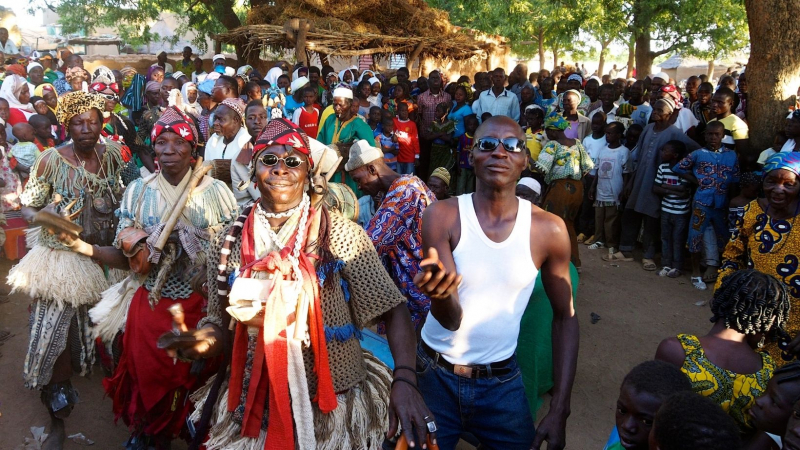
Source: wikipedia 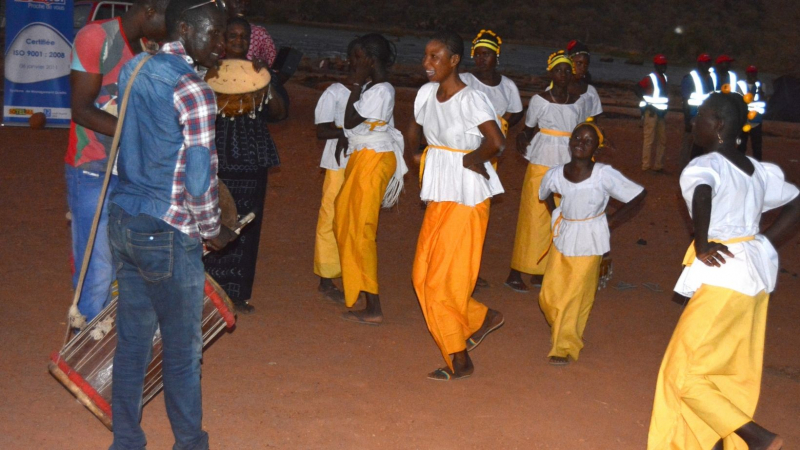
Source: konsulat-mali -
In Ségou, Mali, there is a famous festival called Festival on the Niger or Festival Sur le Niger. This festival offers visitors a unique spectacle, with music, dance, masks, puppets, arts and crafts from the region, as well as very popular Malian artists. There are also lectures, performances, storytellers, exhibitions, film screenings, puppet shows, and traditional and modern dance performances.
This annual February Festival on the Niger features music, dance, puppetry, workshops, craftspeople, and pirogue races along the Niger River. No less than 15 unique styles of Segou puppetry and dance are performed, which also attracts many famous Malian musicians. Wood carvings, paintings, sculptures, and photographs by the country's most talented artists are displayed in galleries around the area. Actors, musicians, and puppeteers accompany the centuries-old legends that Segovian storytellers share beneath the "balanzan" trees.
- Organization time: February every year
- Location: Segou, Mali
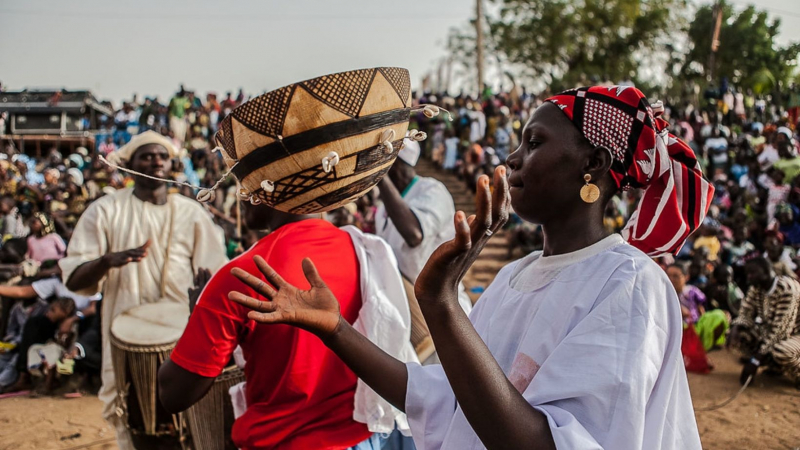
Source: flickr 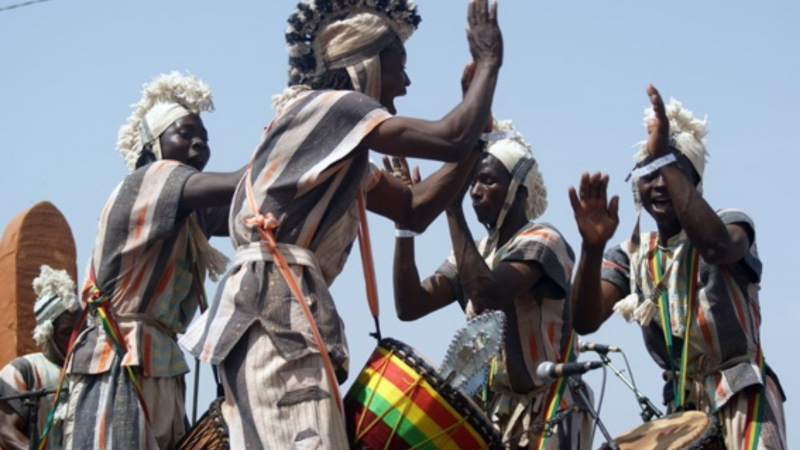
Source: bwazan-mali -
As one of the most famous music festivals in Mali, Desert Festival has many different names, such as Festival au Désert. Desert Festival was Tuareg music and culture blended seamlessly. Visitors and residents can fully enjoy various Malian and international artists on stage here. The festival venue is a scene of music and dance for days, interspersed with sword fights and camel races. A unique experience, reinforced by the atmosphere of the desert. Visitors can also take one or more djembé lessons with an experienced percussionist.
The Desert Festival evolved from a traditional Tuareg gathering filled with lively discussions and fun into an international event of peace. To this day, festivalgoers celebrate the 1996 Flame of Peace celebration when more than 3,000 firearms were burned in Timbuktu. Unlike many other music festivals, the stage was surrounded by nothing but the desert and the audience remained silent. The more lively parties start at nearby discos late at night.
- Organization time: February every year
- Location: Mali
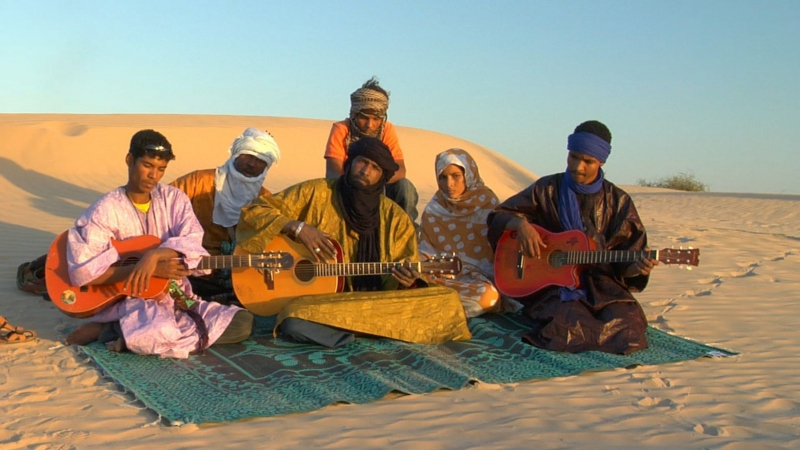
Source: one.org Festival in the Desert -
The Diamwari festival is one of the famous festivals of Mopti since it was first celebrated along the banks of the Bani River. This famous festival day is known to tourists and Malian alike as a weekend of "happiness", as the translation of the word in English, which takes place over three days at the end of February. Celebration activities at the festival are also very rich and interesting. The festival features giant puppets from Djenné, Dogon masks, and at least four different dance troupes. Visitors can purchase unique crafts from Mali's talented artisans. The winners of the carnival's pirogue race receive money and a winning flag called "a jonjon".
The Diamwari festival also known as a happy festival, this festival is a celebration of the Mopti people. Tourists can buy crafts from talented artisans and watch large dance troupes perform. Every year, thanks to the popularity and novelty of this festival, Mali attracts a large number of visitors.
- Organization time: February every year
- Location: Mali
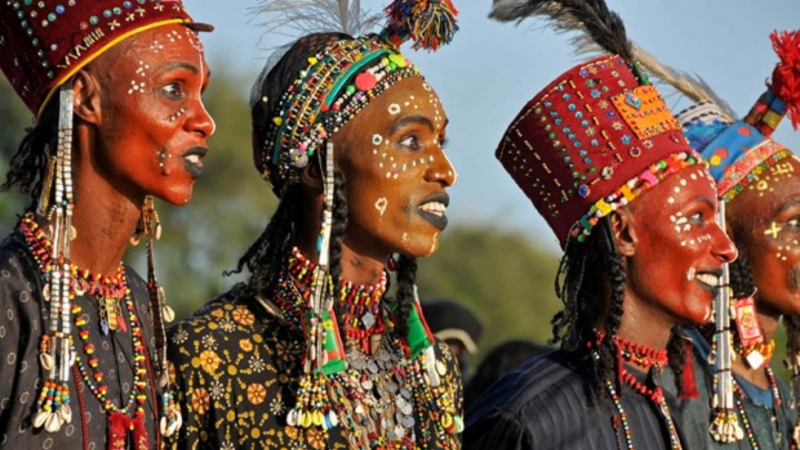
Source: olaleone.org 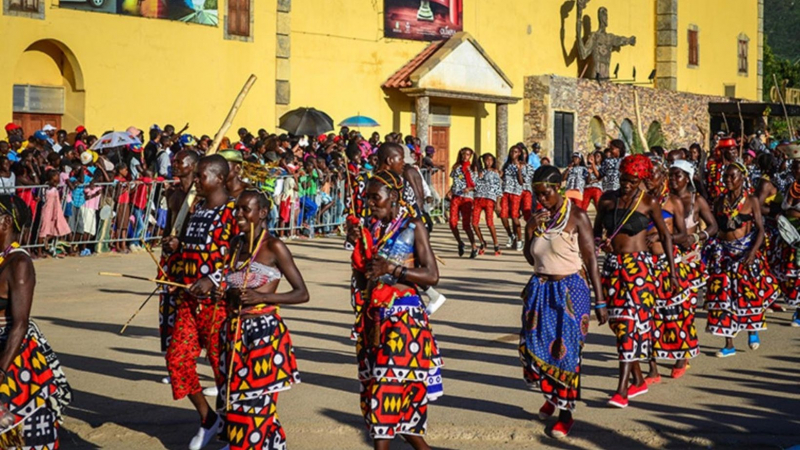
Source: sourcesofblackness -
As the famous festival related to fashion in Mali, Daoula-Ba Festival is widely known. The festival held in Soh village in March every year certainly lives up to its name. Organic cotton, Soh's biggest export, is the façade and centerpiece, with many of Mali's most important dignitaries being guided through the village's organic cotton looms while formal theatrical performances help entertain children. However, the highlight of the festival may be the colorful circle drum dances by the women.
Not only of cultural value, but the Daoula-Ba Festival also serves as the link in the economic sphere in Mali, since it was created between cotton producers and transformers. Fashion shows, weaving workshops, and concerts fill the Daoula-Ba Festival. Renowned photographer, Malick Sidibé, was also honored during the event.
- Organization time: March every year
- Location: Soh village, Mali
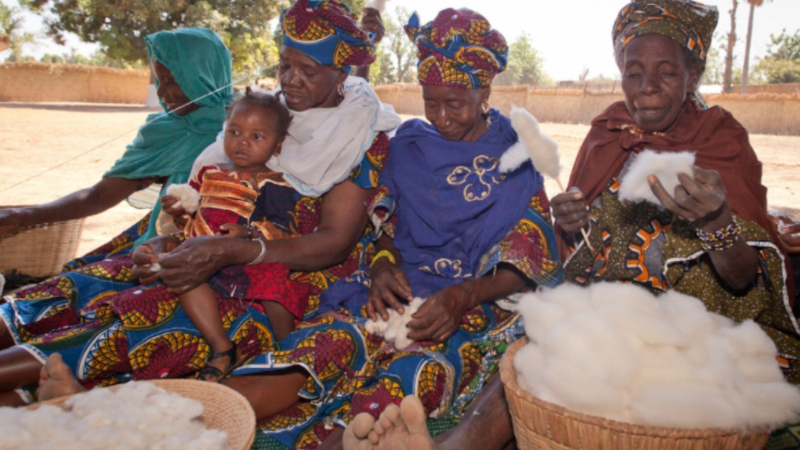
Source: routesdusud.org Mali, Festival Daoulaba à Bamako -
Dogon Mask Festival is known as Mali's most famous April Festival. The masks worn by the men for these five days symbolize Amma, the Dogon goddess of creation, and are said to be able to contain the spirits of the dead and ward off evil spirits. At the end of the event, buffalo and hyena masks are said to predict the future of the tribe.
Dogon Mask Festival is organized by the Dogon people, they are famous for their unique architecture, culture and traditions, sculptures, and of course their mask dance. The highly revered Dogon mask is worn to mark the occasions of the year. According to Dogon, the masks act as a connection between heaven, the afterlife, and earth. One of the most popular dance rituals is the "dama".
- Organization time: April every year
- Location: Mali
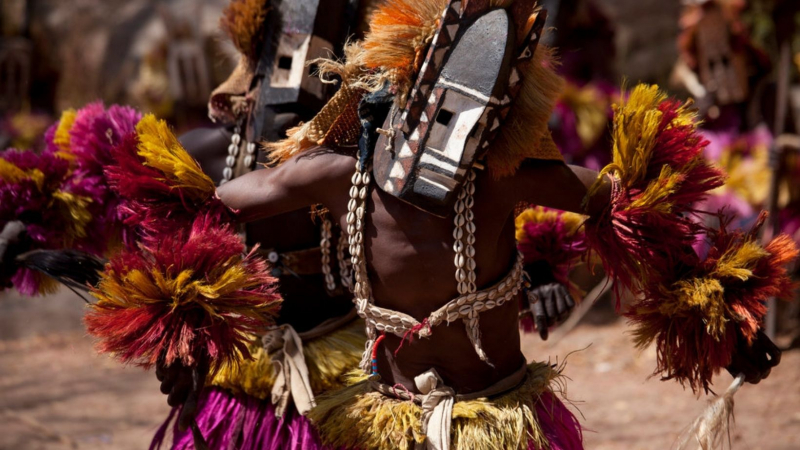
Source: culturesofwestafrica 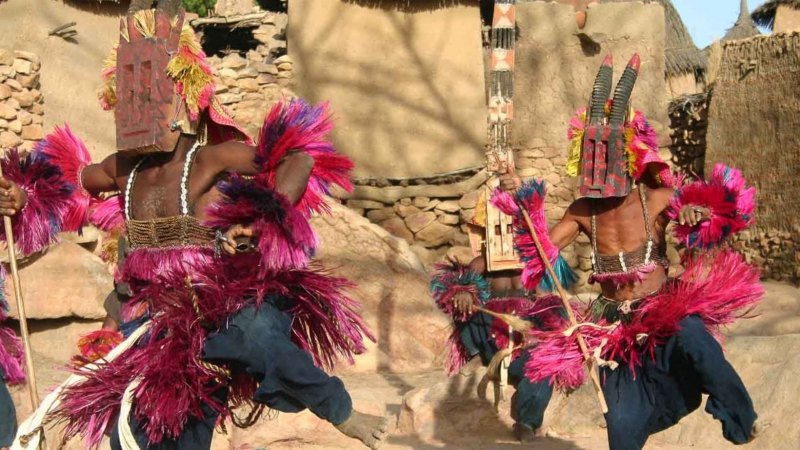
Source: travelwithbrothers -
Plastering the Great Mosque is a unique annual famous festival that aims to preserve the historic mosque, which holds a special place in the history and daily life of the city. Each year, a leader announces the date from late April to early May when the entire population of Djenné gathers to smear fresh mud on the city's historic Grand Mosque. Mud is prepared in pits with young men helping to stir it by playing in them. Women and girls carry water for the men as they carry and carefully smear mud on the mosque. Afterward, all Djenné celebrate with a huge party filled with dancing and drumming.
In Plastering the Great Mosque, the entire community of Djenné plays an active role in the maintenance of the mosque through its unique annual festival. This includes music and food but has the primary goal of repairing the damage done to the mosque over the past year (mainly erosion caused by annual rain and cracks due to heat changes). temperature and humidity). In the days before the festival, plaster is prepared in pits. It takes a few days to cure but needs to be stirred periodically, a task that usually belongs to boys who play in the mix, thus stirring up the substances inside. Men climbed the mosque's scaffolding and palm-timbered ladders and smeared plaster on the mosque's face.
- Organization time: late April to early May every year
- Location: Mali
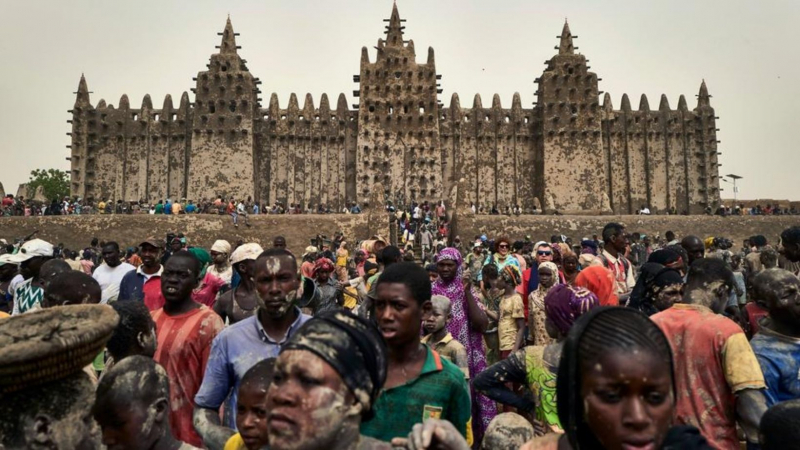
Source: trtworld 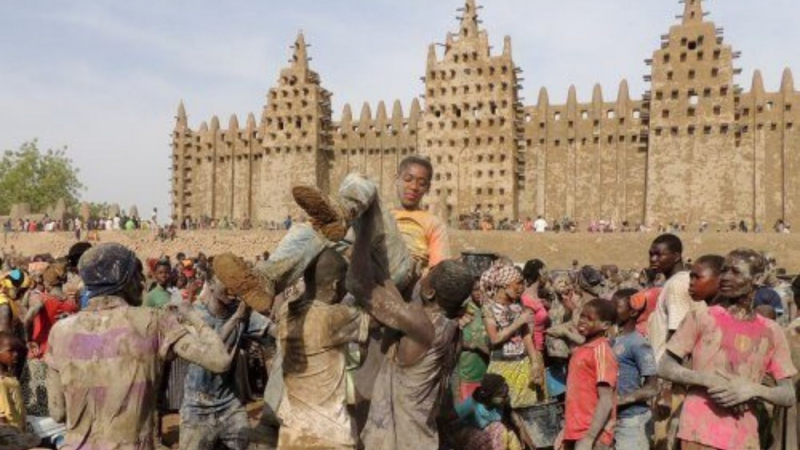
Source: africanexponent -
International Rails Festival is one of the famous festivals in Mali about railways. Mali may not currently have passenger rail service, but this three-day festival still takes place every June in Kayes, the "City of the Rails". Train seminars and debates are held alongside dance performances, concerts, bike races, and wrestling matches across Mali and neighboring Senegal.
The highlight of the International Rails Festival is a huge concert at the Makoro Sissoko Stadium that brings together a wide range of artists including Kayes' regional orchestra, acrobats from Ghana, and Boubacar Kanté, Kamaldine, and Sékouba Bambino from Guinea, which kept Kayesian public for more than four hours. These artists, in turn, have wowed with large-scale performances at major festivals. An unprecedented show will continue the next day with performances from rap artists such as Master Soumy, Osbi, Iba one, Gaspi, Abou Flow, and many more local artists.
- Organization time: May or June every year
- Location: Kayes, Mali
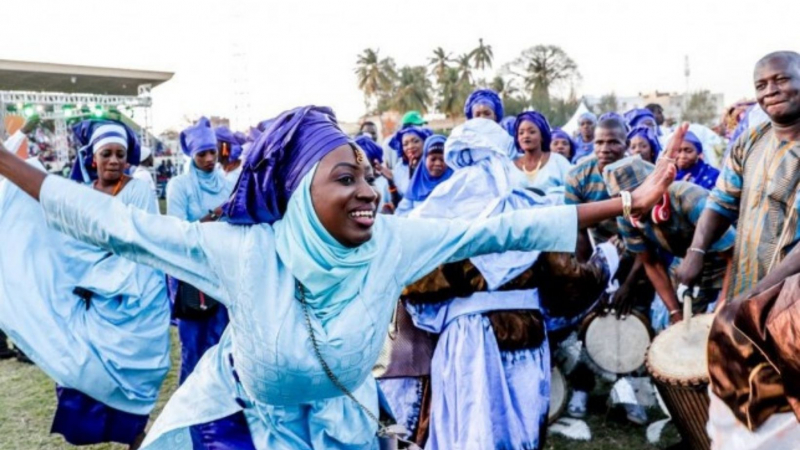
Source: diasporaenligne 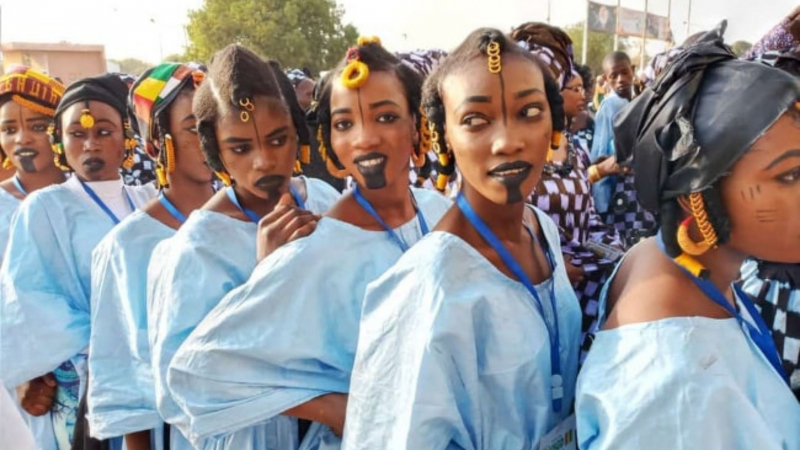
Source: lequotidien










